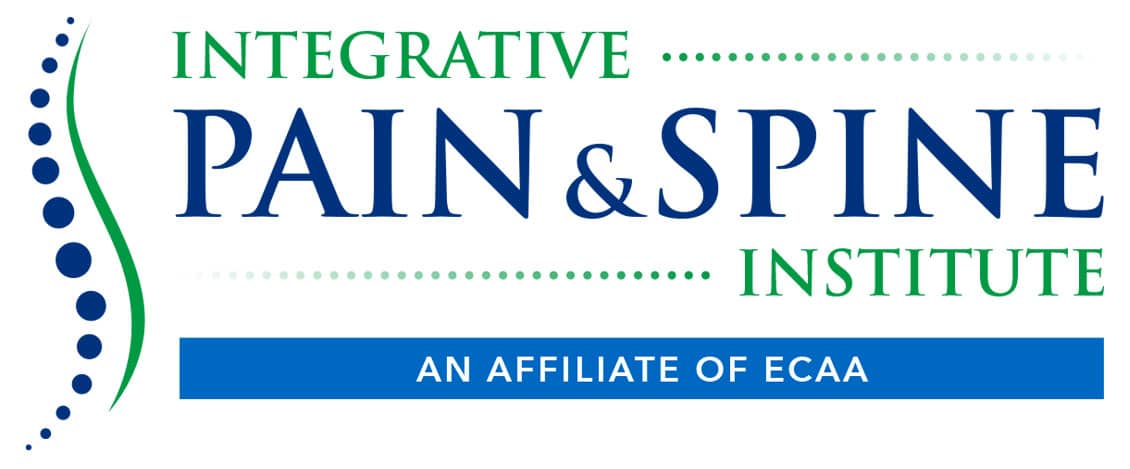Living with chronic pain can be a daunting challenge, impacting every aspect of daily life. Whether you’re dealing with back pain, arthritis, fibromyalgia, or any other chronic condition, finding effective strategies for pain management is essential. While medication and therapy are commonly used approaches, one often overlooked yet powerful tool against pain is stretching. In this article, we’ll explore the importance of stretching for pain patients and how it can significantly improve quality of life.
Understanding Chronic Pain
Chronic pain is characterized by persistent discomfort that lasts for weeks, months, or even years. It can stem from various sources, including injuries, inflammation, nerve damage, or underlying medical conditions. Unlike acute pain, which serves as a warning sign of injury or illness, chronic pain persists long after the initial cause has healed, often becoming a condition in itself.
What is the Importance of Stretching?
Stretching is a simple yet effective way to alleviate chronic pain and improve overall well-being.
Here’s how stretching can benefit pain patients:
- Increased Flexibility: Chronic pain often leads to stiffness and reduced flexibility in muscles and joints. Regular stretching exercises can help loosen tight muscles, improve range of motion, and restore flexibility, making movement easier and less painful.
- Muscle Relaxation: Tight muscles can exacerbate pain by putting additional strain on surrounding tissues and nerves. Stretching promotes muscle relaxation by releasing tension and reducing muscle spasms, providing relief from discomfort.
- Improved Posture: Poor posture is a common contributor to chronic pain, especially in the back, neck, and shoulders. Stretching exercises that target muscles responsible for maintaining proper posture can help realign the spine, alleviate strain on the muscles, and reduce pain associated with postural issues.
- Enhanced Circulation: Stretching increases blood flow to the muscles, which helps deliver oxygen and nutrients while removing metabolic waste products. Improved circulation promotes healing, reduces inflammation, and alleviates pain associated with conditions such as arthritis and fibromyalgia.
- Stress Relief: Chronic pain can take a toll on mental health, leading to anxiety, depression, and sleep disturbances. Stretching, particularly when combined with deep breathing and relaxation techniques, can help reduce stress levels, promote relaxation, and improve overall mood and well-being.
How to Incorporate Stretching into Your Routine?
To reap the benefits of stretching for pain management, it’s essential to develop a regular stretching routine tailored to your specific needs and abilities. Here are some tips to help you get started:
- Consult with a healthcare professional: Before beginning any new exercise program, especially if you have a pre-existing medical condition or are recovering from an injury, consult with your healthcare provider to ensure that stretching is safe and appropriate for you.
- Start slowly and gently: Begin with gentle stretching exercises that target the areas of your body most affected by pain. Focus on slow, controlled movements and avoid bouncing or jerking, which can increase the risk of injury.
- Listen to your body: Pay attention to how your body responds to stretching. If you experience pain or discomfort beyond a mild stretching sensation, ease off or modify the exercise accordingly. It’s important to challenge yourself without causing further harm.
- Stay consistent: Consistency is key to reaping the benefits of stretching for pain management. Aim to incorporate stretching exercises into your daily routine, even on days when you’re not experiencing significant pain, to maintain flexibility and prevent stiffness.
- Explore different techniques: There are various types of stretching techniques, including static stretching, dynamic stretching, and yoga. Experiment with different techniques to find what works best for you and provides the most relief from pain.
In the journey to manage chronic pain, stretching is a valuable and easily accessible tool that can significantly improve quality of life. By incorporating stretching exercises into your daily routine, you can increase flexibility, promote relaxation, and reduce pain, allowing you to reclaim control over your life and enjoy greater comfort and well-being. Remember to listen to your body, consult with your doctor, and stay consistent in your stretching practice for optimal results.
